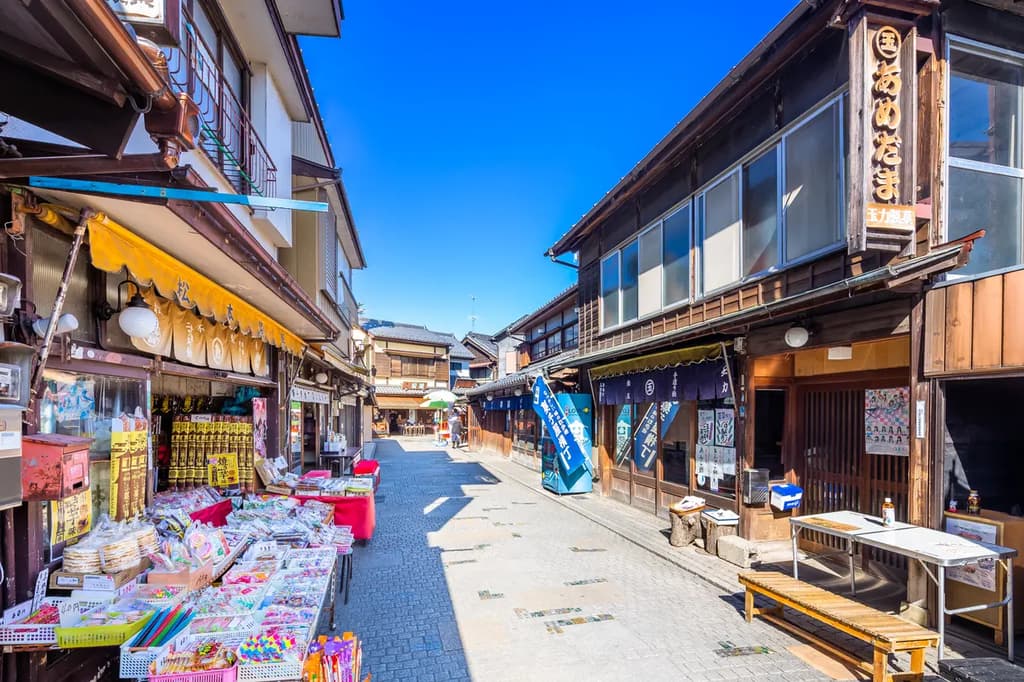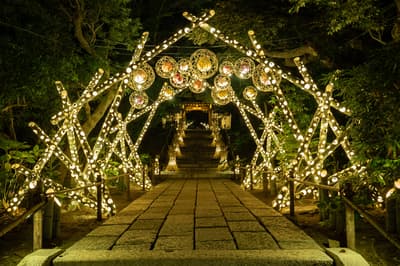Saitama Prefecture is located in the northern part of Tokyo, and is very conveniently accessible from central Tokyo in about 30 minutes by train. In this issue, we will introduce some of the most attractive spots that can only be found in Saitama Prefecture and that are easily accessible by train from Tokyo. Why not come to Saitama Prefecture for a casual visit?
Keyaki Hiroba(けやきひろば)

Located at Saitama Shin-Toshin Station in Saitama City, Keyaki Hiroba is a healing space lined with zelkova, a tree in Saitama Prefecture. Various events are held throughout the year, including food festivals and live jazz performances. Every winter, the entire plaza is lit up, creating a fantastic space that attracts many visitors from Tokyo.
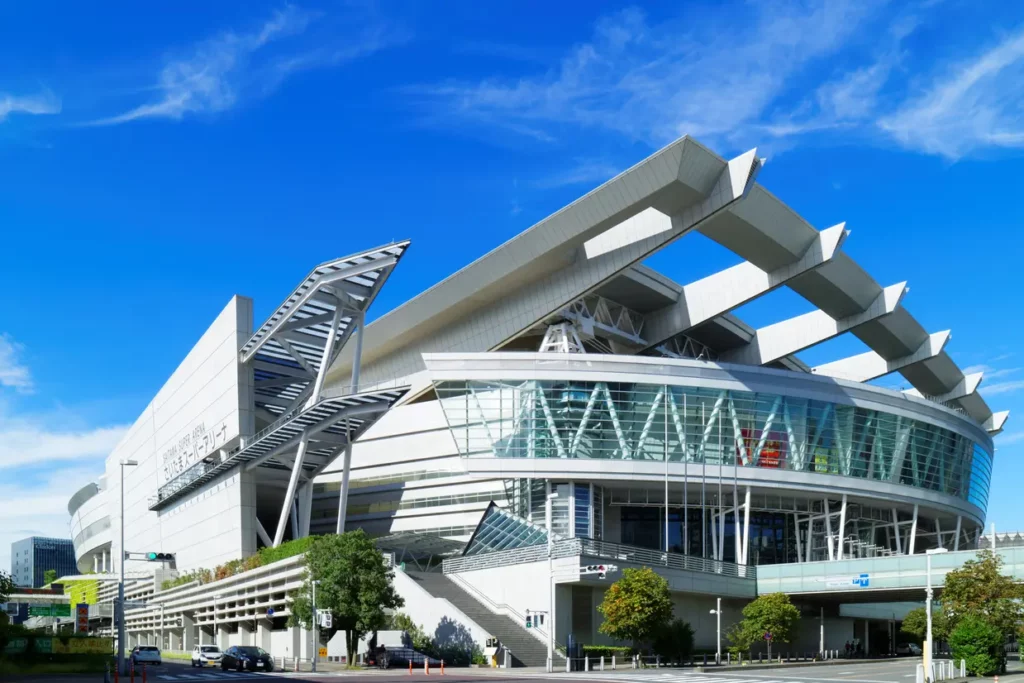
Nearby is the Saitama Super Arena, a multi-purpose arena where music festivals and other events are held, restaurants, and Cocoon City(コクーンシティ), a large shopping mall. Please enjoy shopping and events.
The nearest station, Saitama-shintoshin Station, is about 30 minutes from Tokyo Station without transfers. From Shibuya Station, it takes about 40 minutes.
Access3 minutes walk from Saitama-shintoshin Station on JR Keihin-Tohoku Line and JR Ueno Tokyo Line (Utsunomiya Line and Takasaki Line)Required time to the nearest stationApproximately 30 minutes from Tokyo Station without transfers. Approximately 40 minutes from Shibuya Station.Official Sitehttps://www.saitama-arena.co.jp/e/guide/
Kadokawa Culture Museum (角川武蔵野ミュージアム)
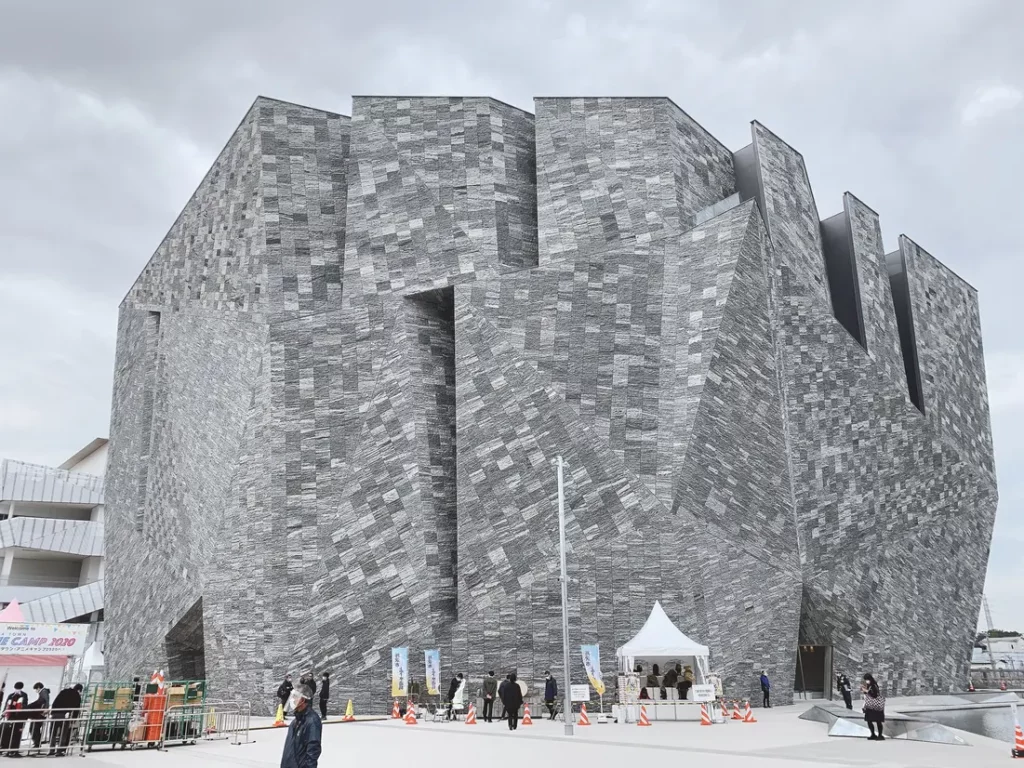
Kadokawa Musashino Museum is a cultural complex combining a library, art museum, and museum in Tokorozawa City. Visitors can enjoy diverse genres of art and culture. Its architecture was designed by the famous Japanese architect Kengo Kuma, and its unique design has attracted much attention, attracting many visitors from Tokyo.

Inside, there are permanent exhibits of books, anime, and manga, the most noteworthy of which is a huge bookshelf approximately 8 meters high. The bookshelf is also equipped with a projection mapping system that makes it look as if the contents of the books are coming out of the shelf, which is sure to surprise and impress visitors. There is also a café and a goods store.
The nearest station, Higashi-Tokorozawa Station, is about 55 minutes from Tokyo Station. It takes about 50 minutes from Shibuya Station.
Access10 minutes walk from Higashi-Tokorozawa Station on JR Musashino LineRequired time to the nearest stationApproximately 55 minutes from JR Tokyo Station. 50 minutes from JR Shibuya Station.Ticket*There is a fee for admission.https://tix.kadcul.com/?lang=en
Kawagoe Ichibangai Shopping Street (川越一番街商店街)
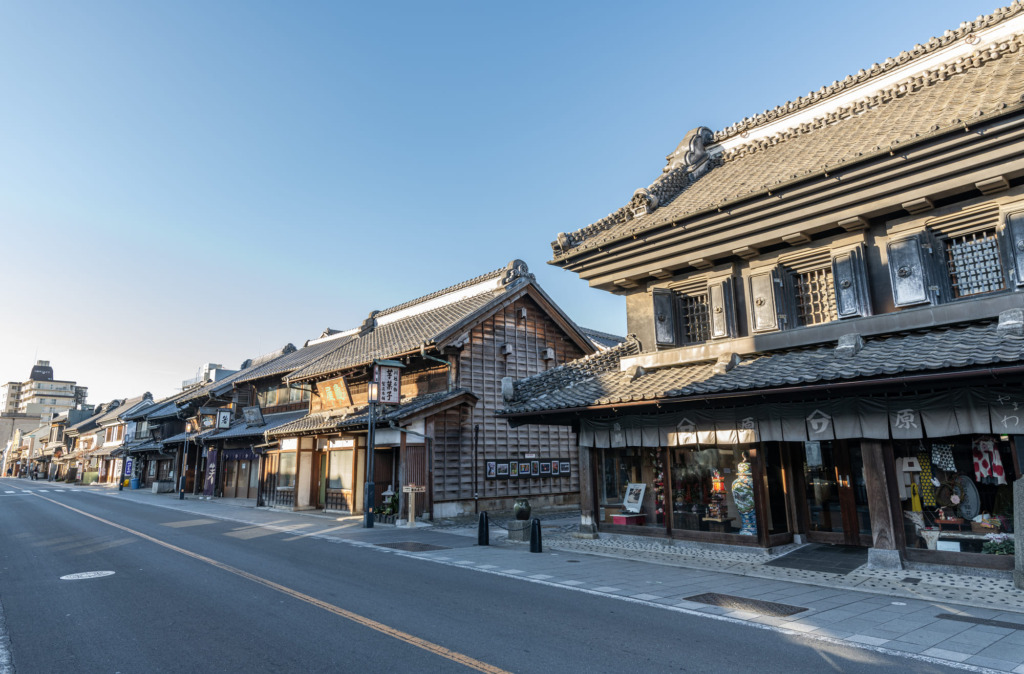
Kawagoe Ichibangai Shopping Street in Kawagoe City is nicknamed “Koedo Kawagoe” in Japan. Edo” is the former name of Tokyo and also refers to the period about 400 years ago (1603-1868). Here, buildings built in the style of warehouses stand side by side, evoking the atmosphere of the Edo period. In recent years, there have been new buildings that do not destroy the landscape, creating a town where the new and the old are in harmony.
There is also a wide variety of one-hand gourmet foods, including sweet potatoes, a Kawagoe specialty, and Japanese sweets.

Nearby is Kawagoe Hikawa Shrine, famous for its unique omikuji fortune and the summer event “Enmusubi Fu-ring,” in which more than 1,500 wind chimes are displayed, and Kashiya Yokocho, with its traditional Japanese sweets shops, is also highly recommended for sightseeing.
The nearest Honkawagoe Station is approximately 1 hour and 10 minutes from Tokyo Station and 1 hour from Shibuya Station. It is also recommended to get off at Kawagoe-shi Station on the Tobu Tojo Line and walk there rather than heading to Hon-Kawagoe Station from Shibuya Station.
Access10 minute walk from Honkawagoe Station on the Seibu Shinjuku Line.Required time to the nearest stationApproximately 1 hour and 10 minutes from JR Tokyo Station and 1 hour from JR Shibuya Station.Official Sitehttps://kawagoe-ichibangai.com/
Metsä (metsä village and Moominvalley Park) (メッツァ)
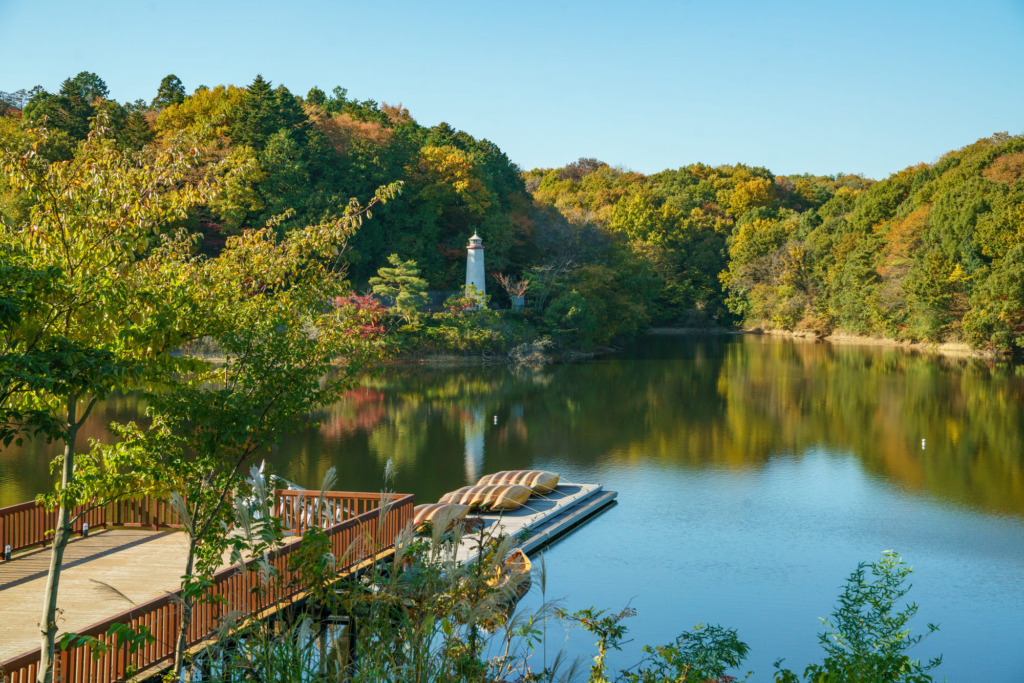
Located in Hanno City, Metza is a facility consisting of two areas: Metza Village and Moominvalley Park. It is famous for its laid-back Northern European coziness and rich natural surroundings.
Admission to the first area, Metzah Village, is free. Its attraction is its vast grounds and nature. Located on the shores of Lake Miyazawa, it is also a great place to experience canoeing. There is also a market where visitors can enjoy the Scandinavian lifestyle, and just strolling around is relaxing. It is also a popular photo spot.
Moominvalley Park is a theme park based on the popular Finnish character “Moomin. Designed based on the story of the Moomin family, visitors can enjoy a variety of attractions, exhibitions, and shows. Visitors can immerse themselves in the world of the Moomins, interact with the characters, and have experiences based on the story, making it a particularly popular tourist spot in Saitama Prefecture.
The closest station to Metsä, Hanno Station, is about one hour from Ikebukuro Station on the Seibu-Ikebukuro Line without transfers. From there, take a bus to head there.
AccessTake the Seibu Ikebukuro Line bus bound for Metsä(メッツァ) or the Seibu Ikebukuro Line bus bound for Musashi Takahagi Station via Metsä(メッツァ) from bus stop No.1 at the north exit of Hanno Station, and get off at the Metsä(メッツァ) stop.Required time to the nearest stationSeibu Ikebukuro Line, about 1 hour without transfer from Ikebukuro StationOfficial website *Ticket is required to enter Moominvalley Park.https://metsa-hanno.com/lp/english/
Seibuen Amusement Park (西武園ゆうえんち)

Seibuen Amusement Park is an amusement park surrounded by greenery where visitors can enjoy a variety of attractions on a vast 210,000 square meter site, which was renovated in the spring of 2021 to provide a hot experience of the Showa period.
The “Showa” period is one of Japan’s eras and refers to the period from 1926 to 1989. This was a period of modernization and internationalization in Japan, and the streets are so colorful and distinctive in design that the term “Showa Retro” has become so popular today that it has attracted much attention.
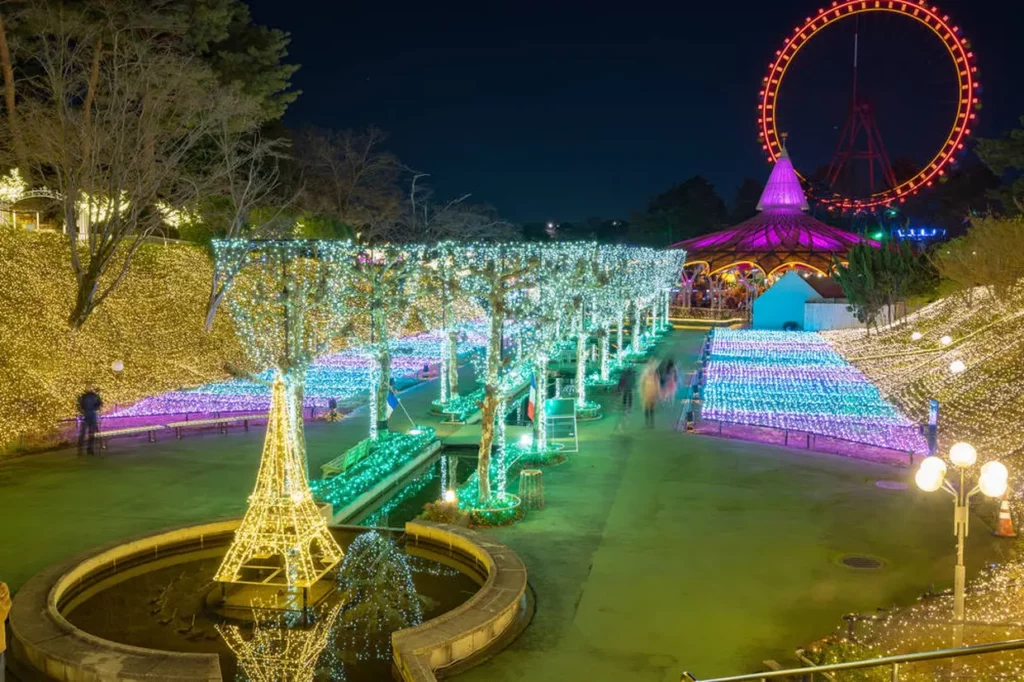
One of the areas, the Yuhino-oka Shopping Street(Sunset Hill Shopping Street), is lined with stores full of Showa-era atmosphere and offers a wide variety of photo spots and gourmet foods. At the attractions, a wide variety of experiences, including Godzilla and Ultraman-themed ones, will keep both adults and children enthralled and playing up a storm. In addition, a fantastic illumination event is held every winter time.
The nearest Seibuen Yuenchi Station is approximately 50 minutes from Ikebukuro Station on the Seibu Ikebukuro Line or JR Shinjuku Station.
AccessGet off at Seibuen-yūenchi Station the Seibu Yamaguchi Line and walk 2 minutes.Required time to the nearest stationApprox. 50 minutes from Ikebukuro Station on the Seibu Ikebukuro Line or JR Shinjuku StationOfficial website *Tickets are required to enter the park and use attractions.https://www.seibu-leisure.co.jp/amusementpark/english/guide/
